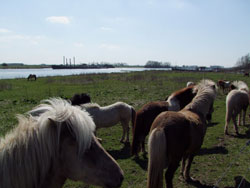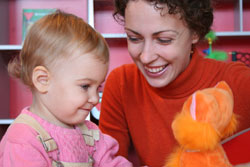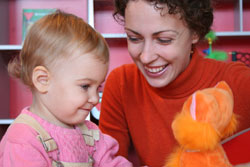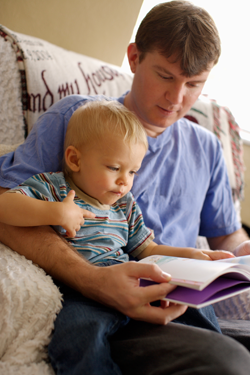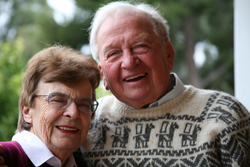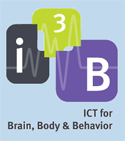What a horse likes to eat: how to test dietary preferences
When humans are given a choice of food, we usually go for the best-tasting option. Animals also have a preference in which food they eat, although theirs is not based on taste necessarily, but on nutritional value. This choice feeding can be used to learn more about an animal’s nutritional needs and dietary preferences. However, in animals such as horses, there is a long gut transit time, which means that the horse may have difficulty making the connection between which chosen food has which nutritional consequence. So what can be done about this? Redgate and colleagues looked into the addition of a monadic phase (a phase in which only one food was offered at a time instead of all of the options) to choice testing. For this study, researchers wanted to see how a monadic training phase would impact the horse’s choice of food and if voluntary intake and feeding behavior would be influenced if the energy content was constant, but the macronutrient diet was different. Read more...




